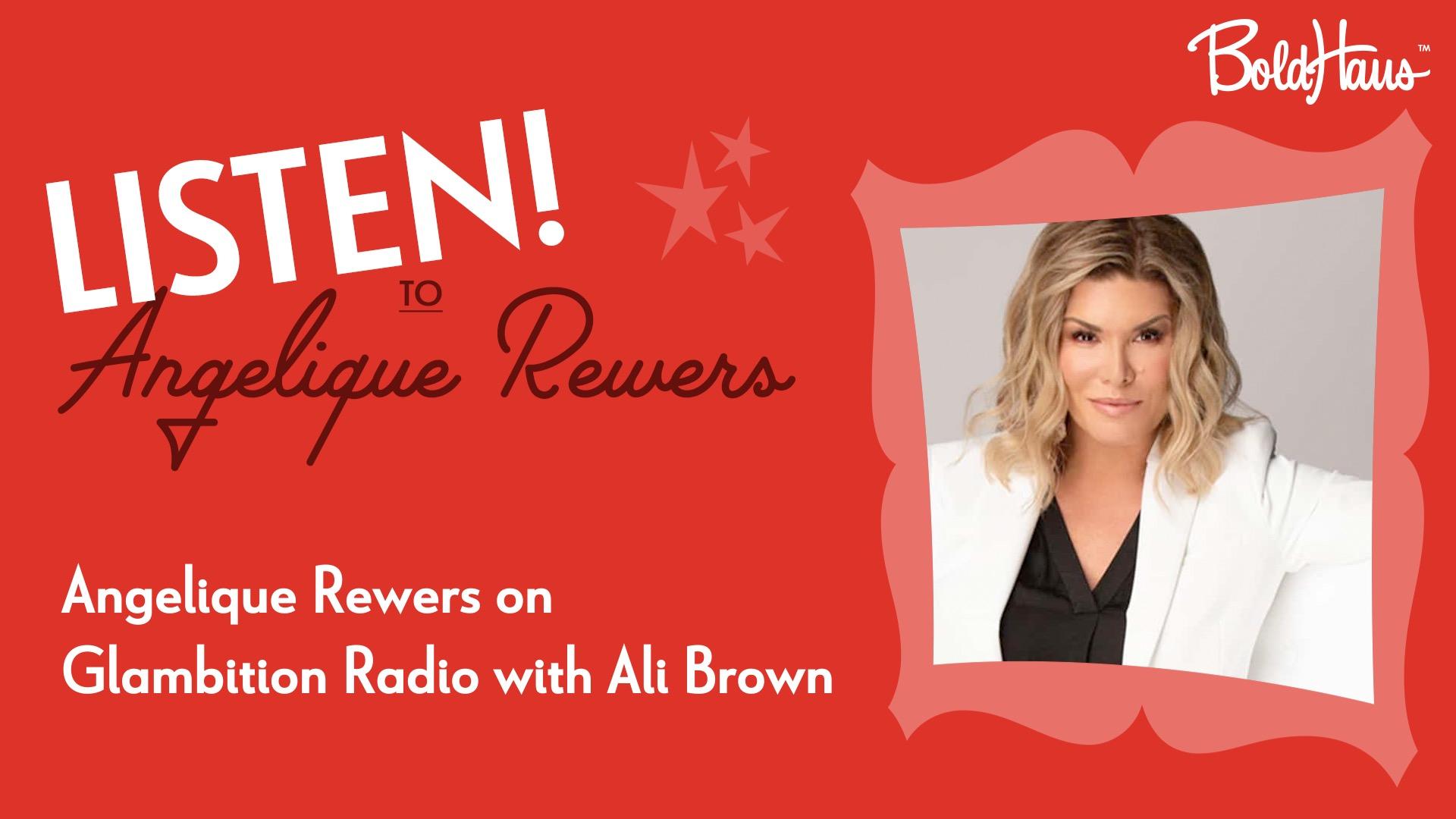When offering consulting services, leadership coaching services, or other expert-based services to potential clients, a common approach is to provide them with three proposal options: good, better, and best.
However, this approach is outdated and ill-advised in today’s world. Here are five reasons why the good-better-best proposal model should be retired once and for all — and what to do instead.
Reason #1: It commoditizes you.
By offering consulting clients good, better, and best options, you’re implying your services are comparable to other companies who use this same approach. And when you consider the types of products and services that typically use the good-better-best approach, that’s not good company to be in if you’re a sought-after strategic advisor.
Take for example the cloud-based, monthly subscription tools you’re likely utilizing in your small business. When you signed up, they no doubt offered you three to four options, such as: starter, professional, or enterprise… or maybe: basic, premium, or elite.
Mobile apps are another good example. I love an app called Washe, which allows me to have my car washed right in my driveway at the touch of a button. The service gives me several options, including things like: basic, comfort wash, mini detail, and elite.
By using a similar tiered approach in your consulting business, you’re associating yourself with a commoditized, off-the-shelf product. This immediately undermines the hard work you’re putting into building your thought leadership platform — not to mention the trusted authority you’ll need to possess in order to advise your client during the engagement, should you close the deal.
Reason #2: It triples the amount of work you have to do!
It’s probably fair to say you don’t love writing proposals. Well, from a practical consideration, keep in mind that preparing three different options in a proposal for a client is tripling your workload.
Good, better, best means coming up with three different solutions, each of which needs a list of components, a proposed timeline or schedule, and a clearly articulated return on investment story at each level.
Worst of all, three options means three different proposed prices! If you struggle with coming up with pricing as it is, why triple that problem? This is not only time-consuming, but it’s also mentally exhausting.
And then there’s this: When your client compares the three different prices to the different components in each option, they will do some math. Math that equates each component in each level to a price calculation (again, think: commoditization).
Next thing you know, they are asking for a breakdown of cost based on each component, as opposed to looking at the dollar investment as an equitable exchange of value for the RESULTS they will achieve by working with you.
Reason #3: It triples the amount of work your prospect has to do.
Not only does offering three options triple your own workload, but it also increases the amount of work your potential client has to do.
Decision-making is already challenging for clients, and adding more options only makes it harder for them to reach that final go / no-go decision. This is especially problematic in today’s fast-paced business world where time is a precious commodity and getting all the key stakeholders on the same page is exhausting.
There’s a reason for the expression, “time kills deals.” The longer it takes them to reach a decision, the more there’s a chance they will be pulled into a different priority, a key decision maker will leave, or something else will change.
Worse, because you are directly contributing to an elongated decision-making process, your client may start to think that working with you will ALSO be a time-consuming process. That can make them question whether or not they and their team even have time “right now” to work with you. In fact, lack of time is the biggest “sales objection” we’re seeing folks run into these days.
Reason #4: It creates more decision fatigue for your prospects.
It’s not only about time. It’s also about your client’s mental bandwidth.
Decision-making is a daunting task, especially for decision-makers who are already mentally depleted from the number of decisions they have to make every day.
According to the American Medical Association, decision fatigue is emotional and mental strain resulting from constantly making choices. By one estimate, the average person makes 35,000 decisions a day. It’s no wonder “decision makers” are spent!
Here’s where it gets worse! There are four primary symptoms of decision fatigue:
- Procrastination
- Impulsivity
- Avoidance
- Indecision
Do you want any of those symptoms to be involved when a prospect is considering whether to move forward or not in working with you?!
And yet, by the very nature of the good-better-best proposal model, you’re creating exponentially more considerations in the decision process. Add to that equation that we’re not talking about choosing between chocolate, vanilla, or strawberry ice cream, here.
Decision-makers have a fiduciary responsibility to ensure they are making the best use of their organization’s time, money, and resources. Any decision they make to work with an outside expert impacts their company’s results, as well as reflects on their professional judgment — and influences their upward mobility (or lack thereof) in the company. The last thing anyone wants to do is make a “career-limiting” decision.
So, it’s no wonder that giving your prospects multiple options can put them into analysis-paralysis and reduce the chances of them saying yes to working with you. Or if they do say yes, and then come to regret their package choice, they may end up blaming you for it because you didn’t give them the best advice. Neither is a good outcome.
Reason #5: It sets up a false choice.
Asking your prospects to pick from good, better, best creates the illusion that any of the choices will be an okay choice. That’s not true.
Given what they want to accomplish, how quickly they need to accomplish it, and their available budget at that point in time, one option is better suited than the others. And that option might not necessarily be the so-called “best” option, which is usually the highest-priced one.
That begs the question then: “Best for who?”
Keep in mind, too, that when your prospect is reviewing these options, they aren’t emotionally invested in them. These options were created by you, not by them. So now the decision is reduced to the choice of least resistance — often the middle package — not because it’s the right choice. But because it’s the easy choice.
No doubt you care very much about your clients getting the best possible results, so that outcome should bother you very much. So, What Should You Do Instead?
Since the good-better-best proposal model really doesn’t make sense for the expert-based business owner, what’s the alternative?
Well, here’s what we recommend to our BoldHaus Collective members, who often double and triple their revenues right out the gate.
First, take control of the “sales process,” from the very beginning, even before you get into needs discovery. Let your prospect know what the process will be (we give our BoldHaus members a proven 5-step process), and make sure you get the decision-maker’s buy-in before moving forward.
Our proprietary approach also includes co-creating the BEST solution to 100 percent together, right with your prospective client, in real-time. This will allow you to design the specific solution your client needs to build the right ladder against the right wall.
Here are five benefits of co-creating the specific solution together with your client.
- You won’t waste your time putting together a proposal that goes nowhere. And your client won’t waste time reviewing a proposal that isn’t a fit or reflecting what they had in mind.
- The co-creation process often uncovers bigger needs than what the decision maker originally had in mind. That means even bigger, higher-paying engagements for you.
- You uncover all sorts of hiccups and potential derailments to the deal when you still have the time and space to address them. (Once a prospect gets to a “no,” it’s really hard to turn them back around.)
- Your prospect will be way more invested in the solution — and moving forward with it — because they helped to build it.
- Your client will achieve significantly better results, which is a win for both them and for you!
In conclusion, the good-better-best proposal model is outdated and ineffective. It’s time to let it go once and for all. It commoditizes your services, triples your workload, triples the amount of work your client has to do, makes it harder to get to a decision, and undermines you as the trusted expert.
Instead, focus on co-creating clear solutions that fully and completely meet each of your client’s exact, unique needs. By doing this, you’ll establish yourself as a trusted strategic advisor and will boost your close rate significantly.
If you’d like to learn our proven process for taking control of the “sales” process and ensuring your clients get the best results while you close more of the right-fit opportunities, book a ’Haus Call with our team here, and discover how you can become a member of the premier BoldHaus Collective.








